Preserving biodiversity is a new concept that didn’t exist back then, when people cared more about their food and profit than anything else. Careless behavior robbed us of many species, these ten are just the more popular ones you probably already know about.
Tarpan
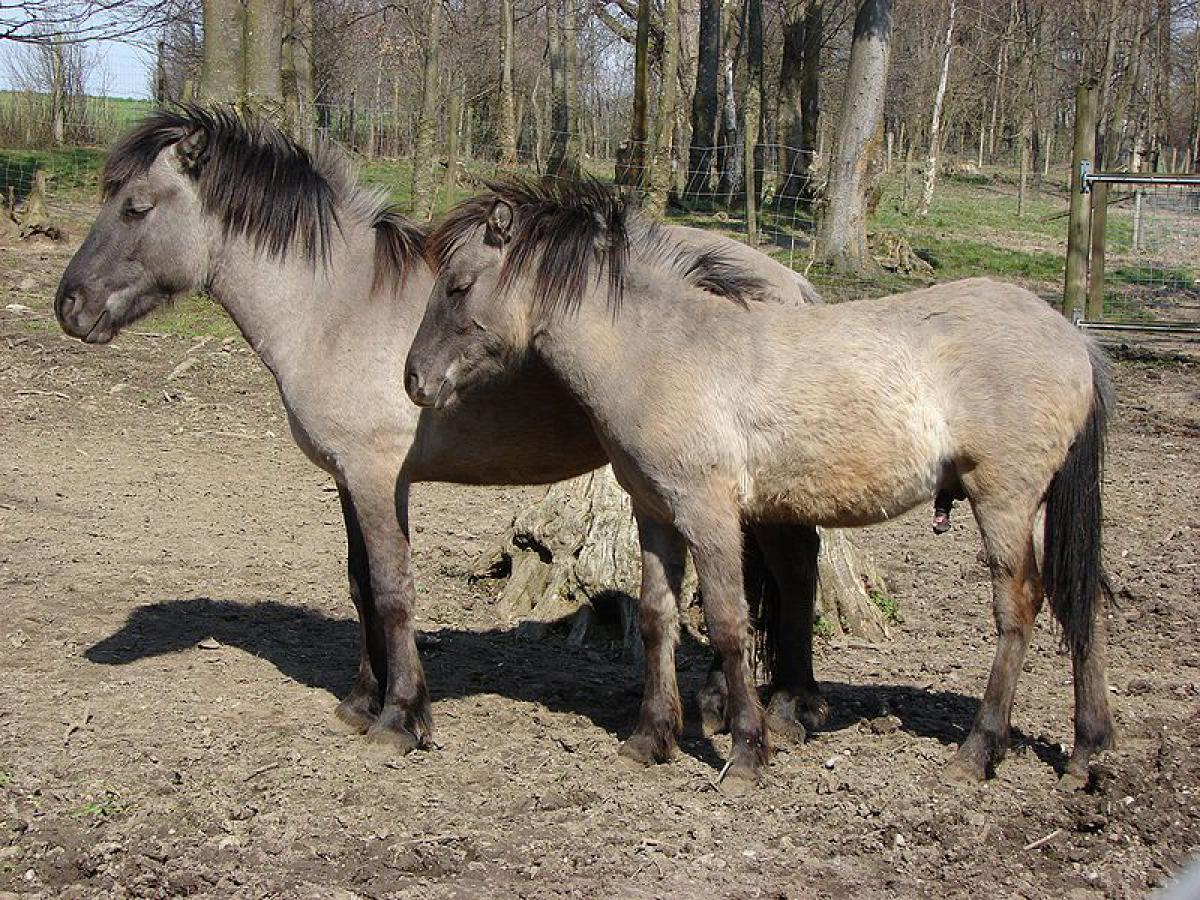
Wild horses were once widespread in Europe, that is until ancient civilizations started finding their footing and established themselves. The Tarpan is perhaps the most famous wild horse, who featured in cave drawings 3000 years B.C. Unfortunately farms destroyed the steppes, his home, and farmers didn’t like it when the horses tried stealing their crops. Eventually they started disappearing, from the south first and up until the whole Europe was devoid of them. Except for Russia that is, this is the place where the last breeds of Tarpan lived till about 1800. Nowadays there are attempts to recreate this magnificent wild horse.
Moa

Living on an island can be a blessing, or a curse. You are breeding and developing in peace, until new species appear and suddenly you have nowhere to run. This happened to the Moa, the giant bird of New Zealand. Nine species of Moa, 60 000 individual birds were decimated once the people from Polynesia took over. It is a shame, because these amazing creatures(3.6 meters tall, can you believe that!) died out before Europeans managed to get to New Zealand and study them.
Dodo
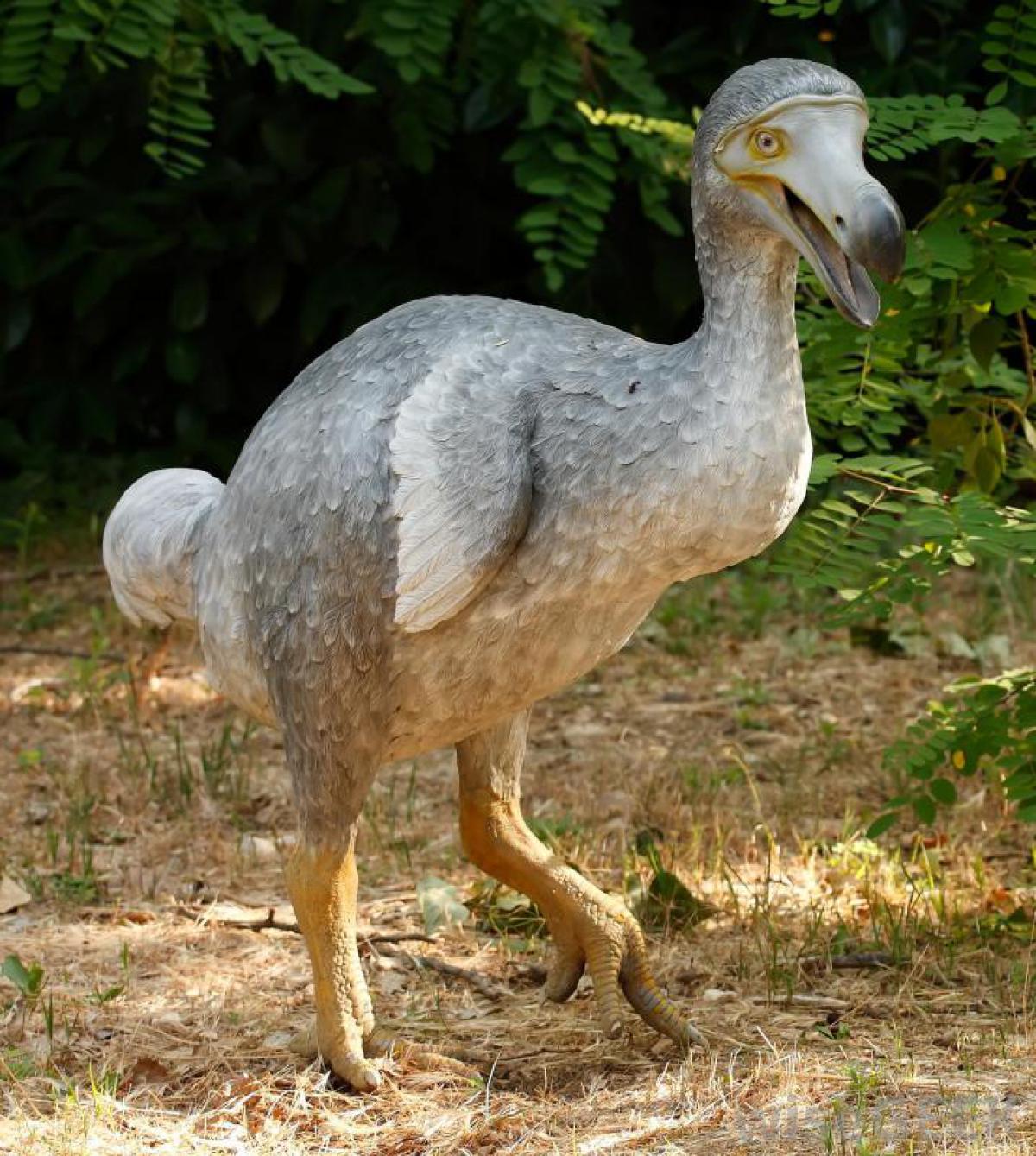
Another island bird, the Dodo was living in peace on the island of Mauritius, Indian Ocean. Since there were not mammals of note to hunt it down, it lost its ability to fly and settled with a lifestyle of walking around and eating fruits, which fell from the trees. This all changed in 1505, when Portuguese sailors set foot on the island. The Dodo birds were a tasty meal, weighting up to 50 pounds and being super easy to hunt down. When the island become inhabited, pigs and rats from the ships invaded and destroyed its eggs, dealing further damage. Eventually the Dodo disappeared in 1681.
Passenger Pigeon
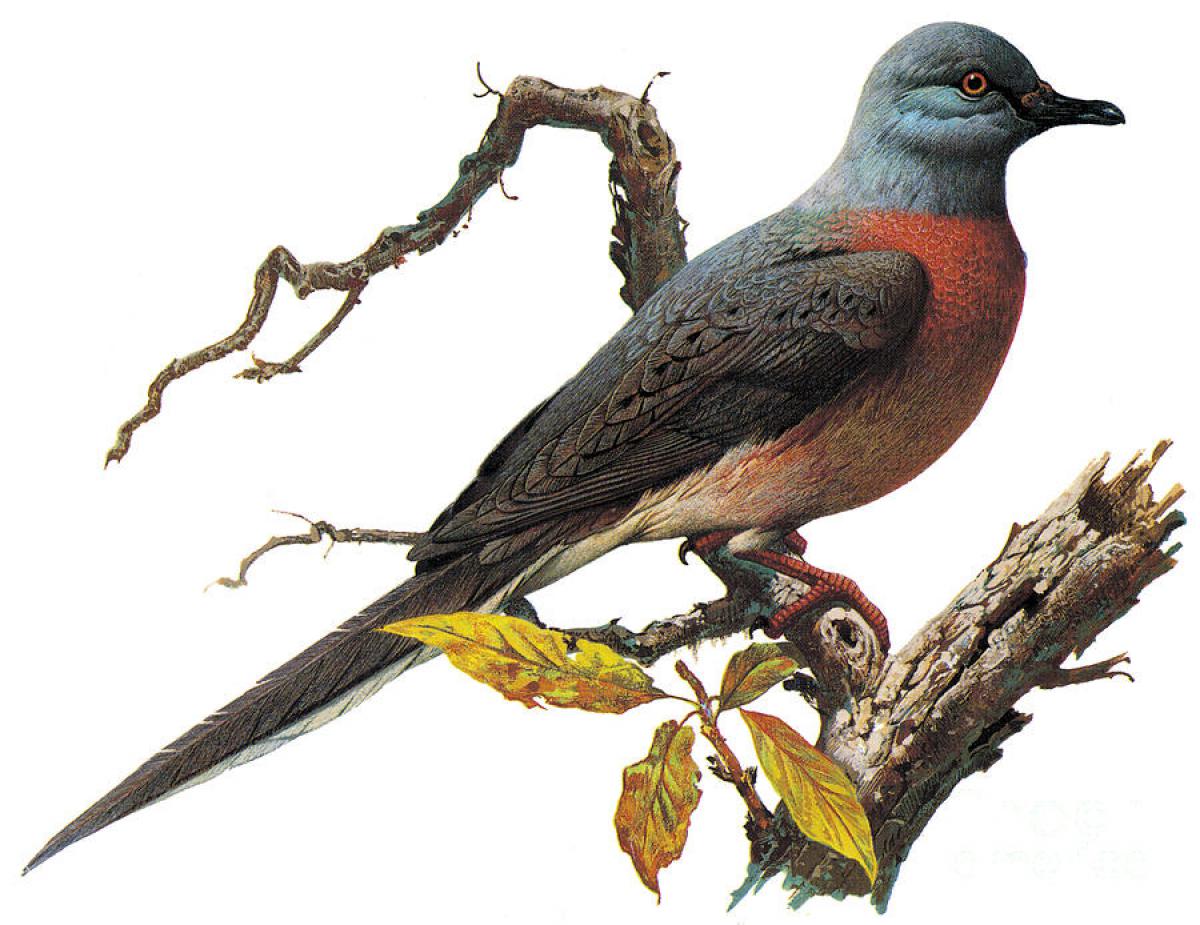
It is the perfect example of what uncontrolled hunting can do to a species, no matter how numerous. And the passenger pigeons were numerous, billions individual birds were flocking in the sky while migrating, making it black. They were perhaps the most common bird in North America until the unthinkable happened. Their meat became the base of a whole industry. The people, coming from Europe, developed a taste for the delicacy and between 1850-1880 only several thousands of the birds were left alive. They eventually died out, maybe because their limited number made them spread too thin and they couldn’t mate. An unfortunate fate.
Caribbean Monk Seal
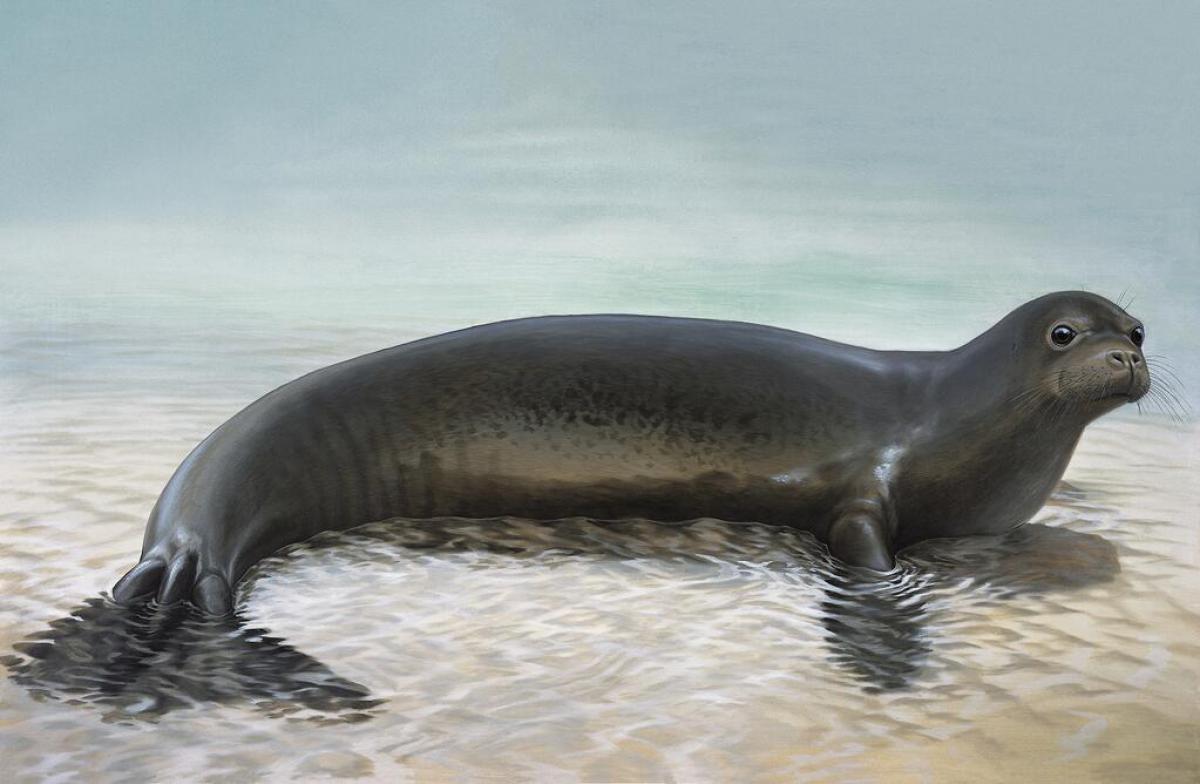
This seal has a special place in the American zoology. He is the only pinniped, who used to live in warm tropical waters, all the others, like sea lions, prefer the cool of the north. He was first documented by Columbus. Once the colonists from Spain arrived and took over the islands though, the number of Monk Seals started to dwindle. They were hunted not only because of their meat but also because fishers saw them as competitors. They were still around for some years, the last known Caribbean monk Seal was killed in 1922 off the coast of Florida.
Steller’s Sea Cow
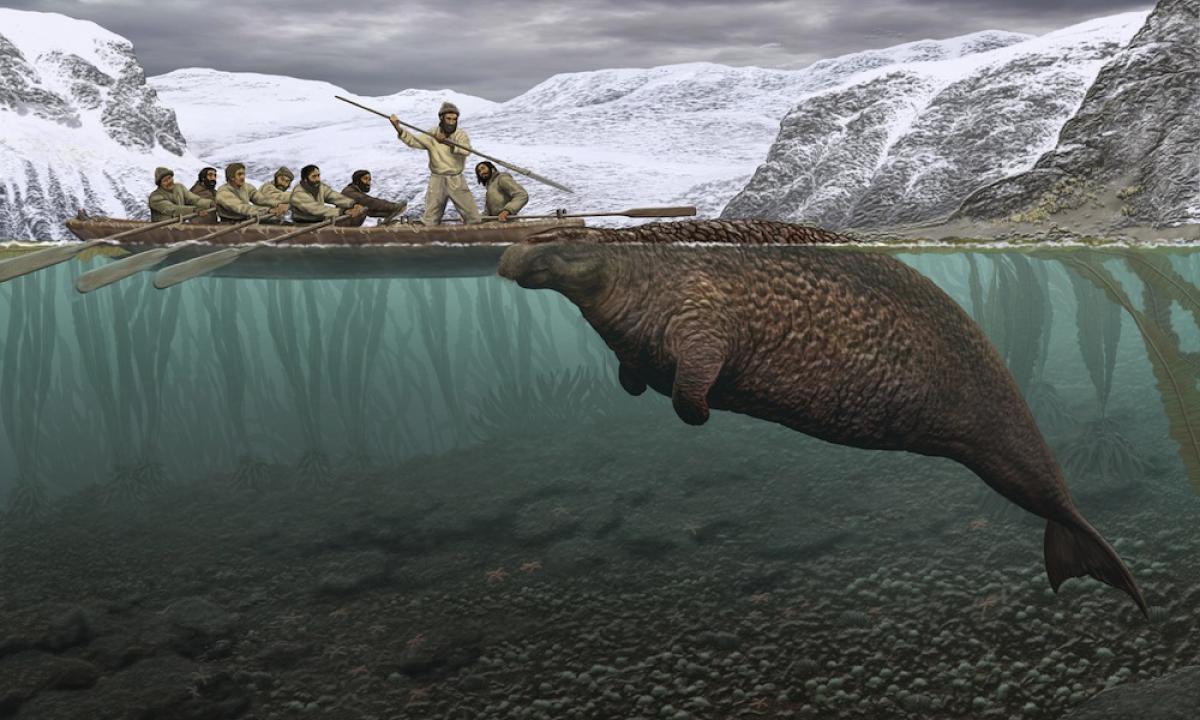
They were one of the biggest sea mammals, with only whales being a fair comparison. Nine meters long, they were once widespread in the so called Pacific Rim portion of the Pacific Ocean, from Japan to California. In recent times however their numbers dwindled. When Wilhelm Steller found them in 1741 there were only a couple of thousand, living near Alaska. What happened was the usual and formulaic “form an expedition and hunt them down to extinction because of their meat” . At least it is probable that the Steller’s Sea Cow would have disappeared without human intervention.
Tasmanian Wolf
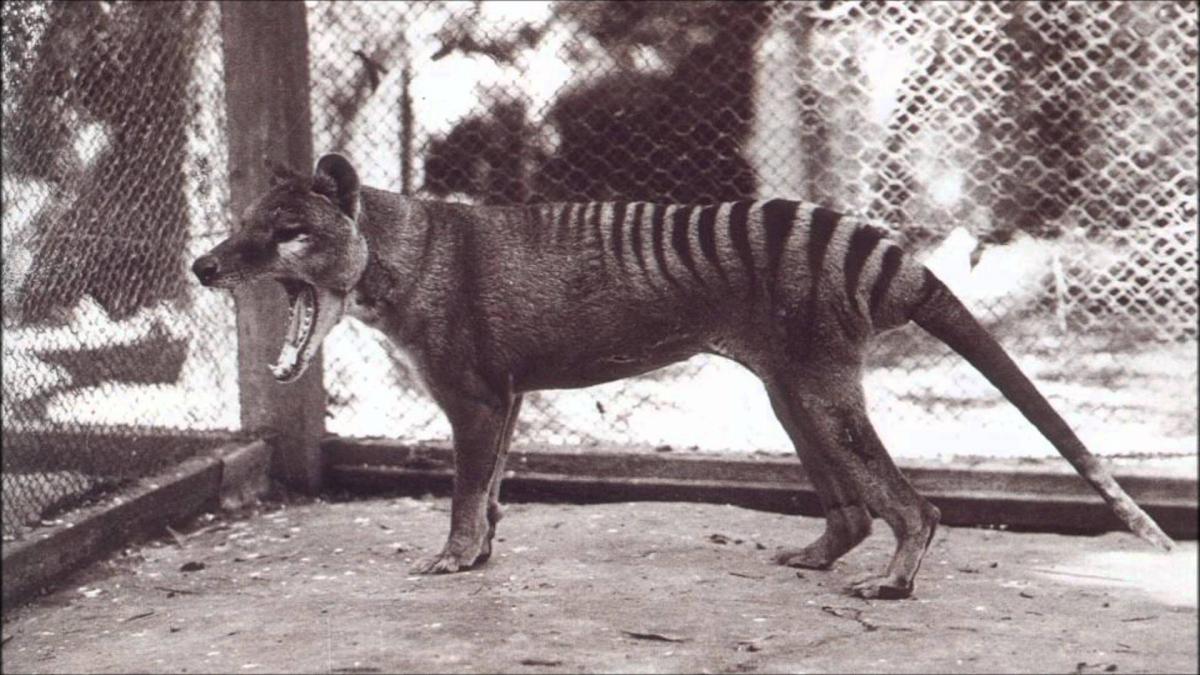
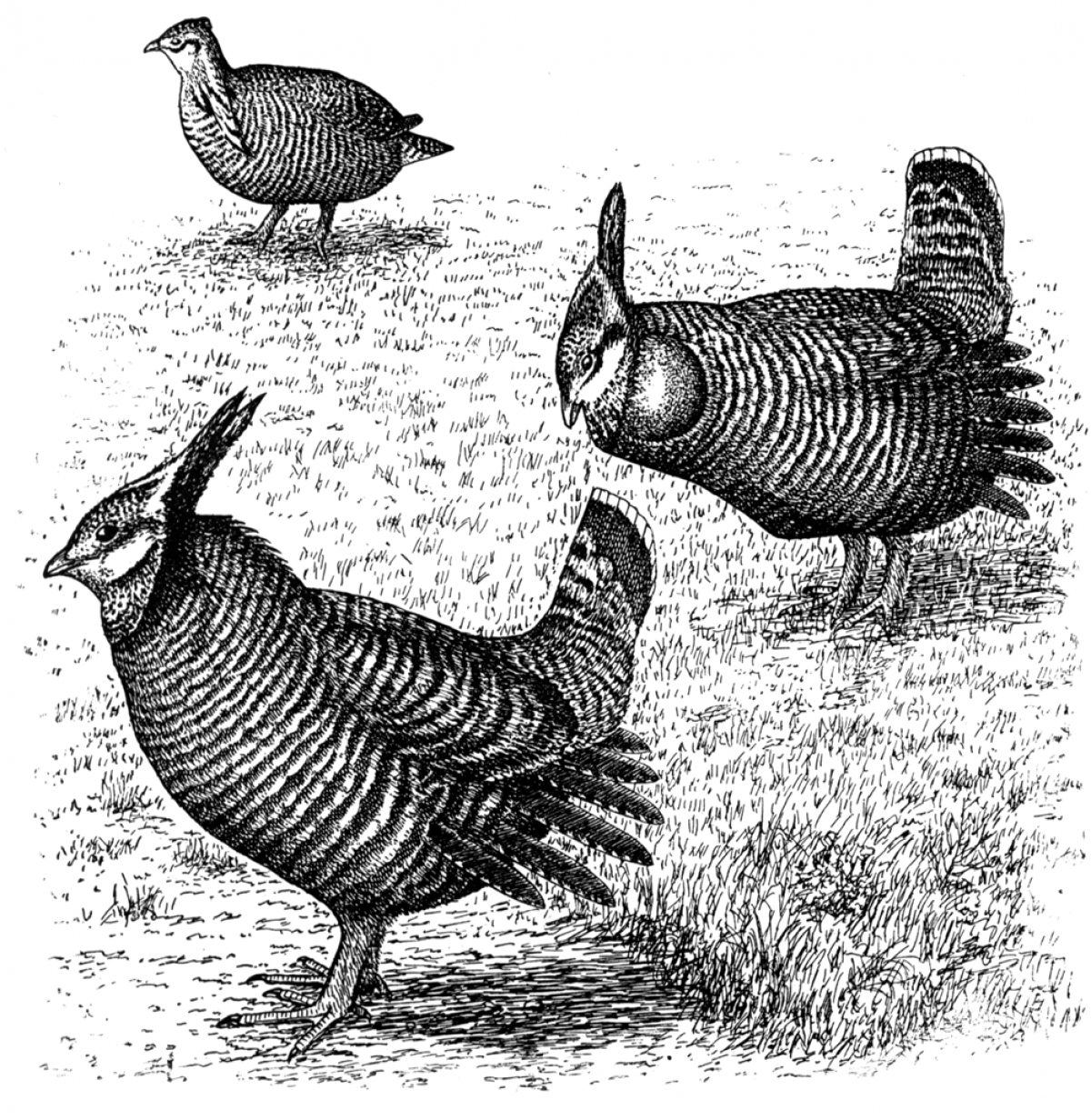
The Heath Hen, a wild fowl, was widely spread in the USA, particularly eastern parts from Main to Virginia. Rampant hunting made them extremely vulnerable and their numbers receded rapidly. By 1870 they disappeared from the mainland, only a handful were left on an island, called Martha’s Vineyard. Humans finally decided to take action. The birds were put under protection and after some years reached 2 000. Then the disaster struck. First a fire, then a harsh winter and finally a disease did a number on the them, they all disappeared in 1932. Goes to show that even good intentions can’t work when so much damage is already done.
Dusky Seaside Sparrow
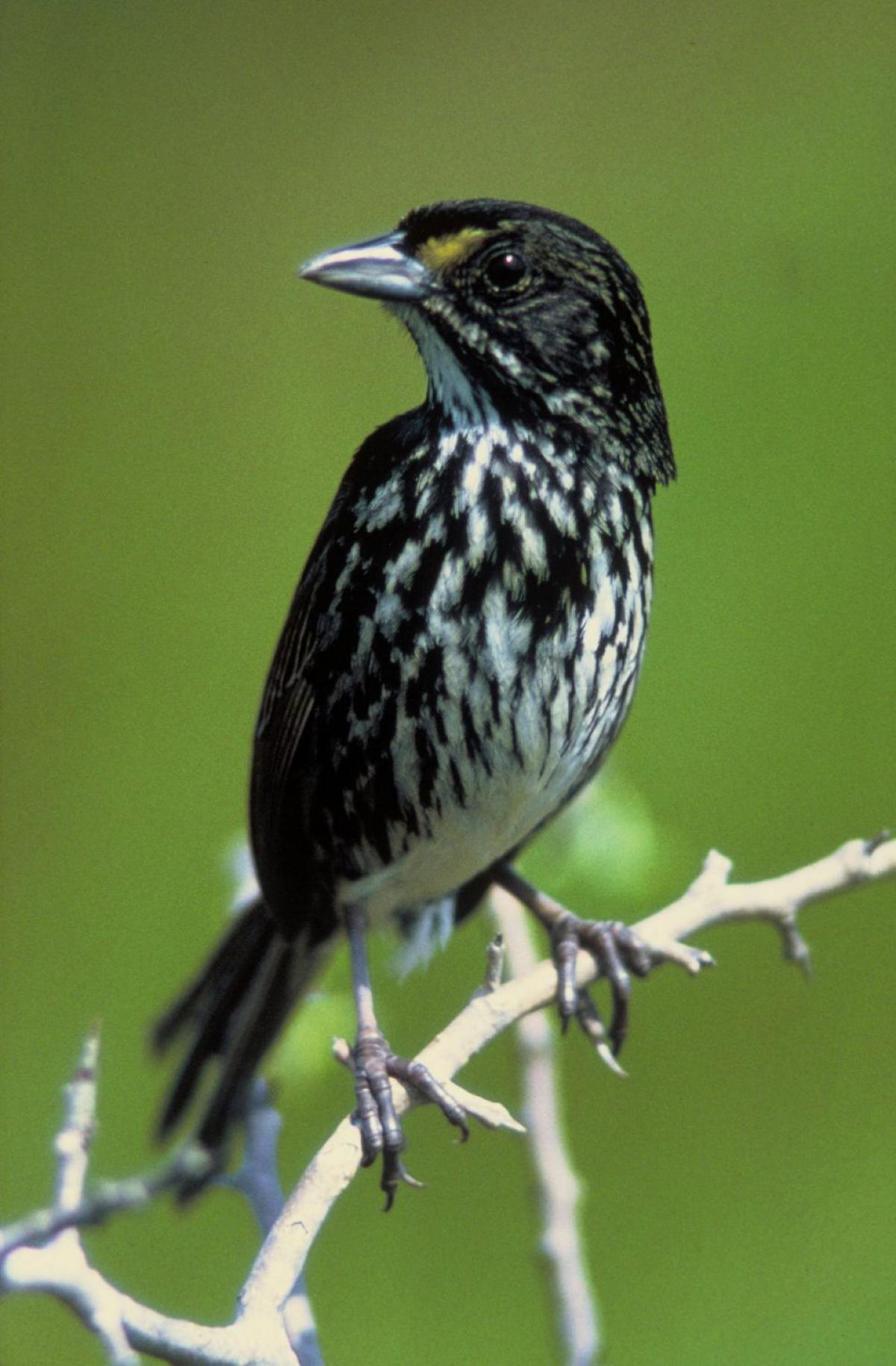
They didn’t disappear because they were particularly tasty, but because their natural habitat is so unique and hard to replicate. They need cordgrass for their nests and an exact height with enough moisture, something found in marshes in Florida. However the two main marshes got destroyed, one by flooding and the other by the construction of a highway. It all happened very very recently, in the 1970s. Two efforts to preserve them were made. First, people tried to make them a new habitat, that failed. Eventually a crossbreeding was attempted, but it also failed. The last Dusky Seaside Sparrow died in 1987.
Blue Pike
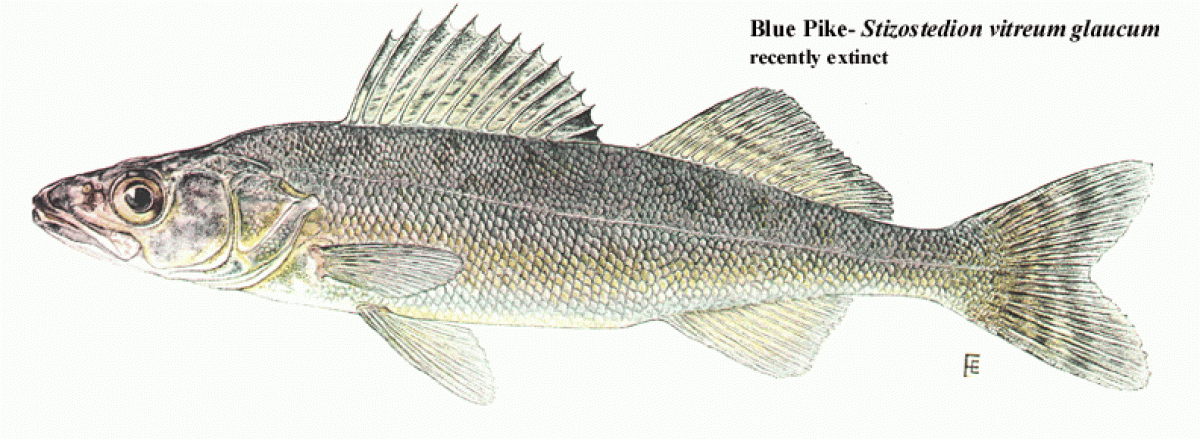
Native of the Great Lakes, this fish was endemic for the region. Various factors contributed to its demise. First, there is hunting of course. Billions pounds of the fish were harvested from the lakes between 1885 and 1962. The general pollution and dam construction destroyed its habitat. New species of fish were introduced and become competitors. Hit from all sides the Blue Pike started to disappear, but held on until 1970, when the last fish died out.
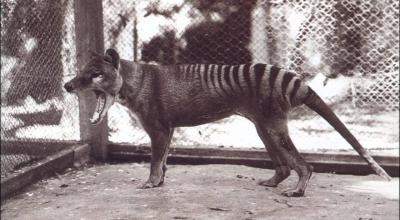
Leave a Reply